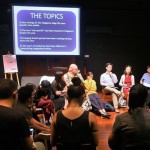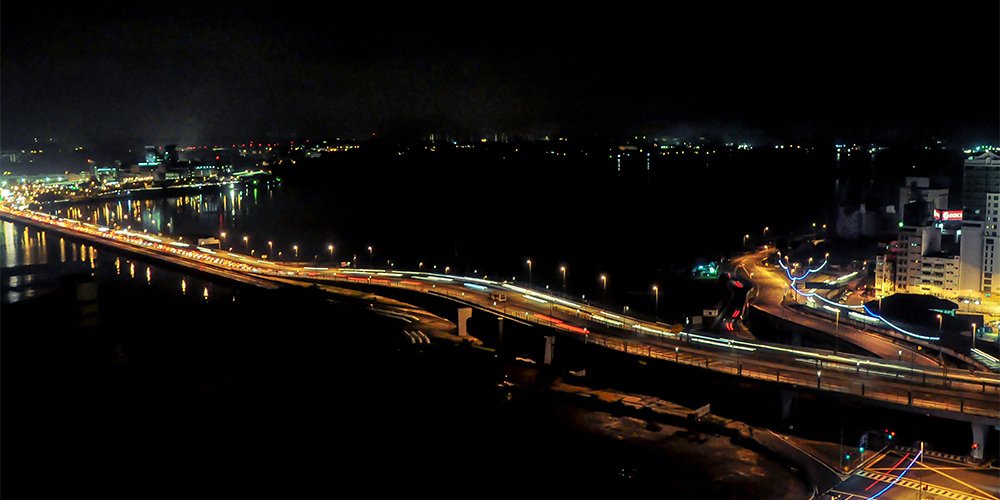
A nightview of the Causeway from Johor Bahru.
Photo: Fauziah Shariff, Flickr (Used with a Creative Commons Attribution-NonCommercial 2.0 Generic License. Some modifications made to the original image.)
From the birthright of cendol to maritime disputes, the relationship between Singapore and Malaysia can go from testy to downright tense. But our expulsion from the Federation in 1965 not only created two separate nations, it also gave rise to two English-language theatre scenes. Looking back on the history of Singapore theatre, the relationship between us and our northern neighbour plays a significant role, with works emerging from cross-Causeway competition and collaboration, as well as from the historical significance of the 1965 Separation.
Sibling rivalry
Inevitably, with two neighbouring entities with such close ties and shared cultures and history, there is bound to be an element of competition. One play whose production history perhaps best embodies the competitiveness between the two scenes is Stella Kon’s Emily of Emerald Hill. Kon wrote the monodrama in 1982, and with it, won the Singapore National Playwriting Competition the following year. Despite her win, and others in previous years, she had difficulty getting her work staged in Singapore.
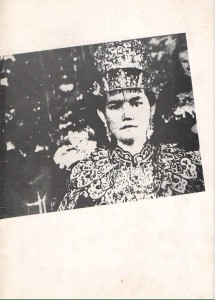
Programme cover featuring Leow Puay Tin as Emily in Emily of Emerald Hill (1984).
(Image: MY Art Memory Project)
Emily was first produced by Malaysian theatre company Five Arts Centre in 1984 in Seremban and Kuala Lumpur (KL). Malaysian playwright Leow Puay Tin was the first to play the titular Nonya matriarch. Straits Times theatre critic Kate James later penned a response scathingly titled Come on Singapore, stand up for your own plays in which she berated Singapore theatre practitioners’ lack of interest in local work, and particularly for overlooking Kon’s plays. (She calls these theatre practitioners “pussycats”.) Emily was only staged on its homeground in 1985, performed by Margaret Chan.
Yet, Malaysia’s love affair with Emily knows no bounds, with actress Pearlly Chua playing the matriarch a whopping 200 times between the years 1990 and 2017. (To be fair, her debut as Emily was in Singapore.)
This competitiveness extended beyond the two nations’ theatre scenes. In 2002, Malaysian writer Karim Raslan attended the opening festival of Singapore’s Esplanade. Reflecting on the new facility, he wrote, “Interestingly, at least for a KL-ite, the Esplanade also marks an important attempt by the Singapore government to play catch-up with Malaysia. Maybe it’s a reflection of the changing times and the altered nature of bilateral relations, because in the past, Malaysians used to spend most of our energy ‘catching up’ with them.”
In theatre, Business Times arts writer Helmi Yusof observed in 2016 that more and more Malaysian practitioners have built successful stage careers south of the Causeway. Some, like Huzir Sulaiman and Claire Wong, even helm theatre companies based in Singapore. Malaysian actor-director Jo Kukathas credits the National Arts Council and the Esplanade for the growth of Singapore English-Language Theatre in the last three decades, creating many more opportunities for both local and Malaysian practitioners. But she also recalls that the flow of talent between the two countries was more comparable back in the 1980s: “…there was more parity between the Malaysian and Singapore theatre scene. Malaysians would come here to perform, and Singaporeans would go to Malaysia.”
Creative collaborations
The cross-pollination of stage talent and ideas between the two countries in the 1980s was the backdrop for more formal creative exchanges, such as the one between Singapore’s TheatreWorks and KL-based Five Arts Centre. In 1988, TheatreWorks presented Three Children in Singapore, co-directed by its artistic director Ong Keng Sen and Five Arts Centre’s Krishen Jit. The play was penned by the very same Leow Puay Tin who first played Emily. In 1989, Ong directed Peter’s Passionate Pursuit, written by Singaporean playwright Eleanor Wong, for Five Arts Centre in Kuala Lumpur. The emphasis on this exchange was on formal training of performers – Krishen worked with the Singapore cast, and Ong with the Malaysian cast, for several months before their respective productions, focusing on performance skills and devising.
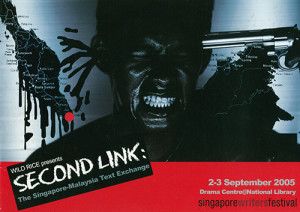
Programme cover for Second Link (2005).
(Image: Wild Rice, The Repository. Used with permission.)
A more recent cross-Causeway exchange project would be Wild Rice’s Second Link, staged during the 2005 Singapore Writer’s Festival, as well as its follow-up Another Country at the 2015 Singapore Theatre Festival. The two works commemorated the 40th and 50th anniversary of the Separation respectively. In both productions, a team of actors and a director from one country would perform a curated selection of works from the other.
According to Wild Rice’s artistic director Ivan Heng, these Singapore-Malaysian collaborations served a greater purpose beyond creative development: “If we can take the time to understand, to interpret and then express each other’s concerns and aspirations, you begin to have this idea of empathy and go into this idea of what it means to have peace between neighbours.” Krishen echoed these sentiments in the programme of the 1992 restaging of Three Children: “The theatre world is getting to be truly international and it is no longer a one-way theatre traffic… [Three Children] has not been immune of friction, little and sometimes, large ripple of cultural conflict. But the love of theatre by one and all has proved to be the great leveler of cultural bumps and grinds.”
Separation stories
While theatremaking can help mend the rifts caused when one country became two, theatremakers are also inspired by the Separation and the relationship between Singapore and Malaysia theatreafter. In 1998, Singaporean playwright Alfian Sa’at penned his first full-length play in Malay titled Causeway, a series of eight vignettes inspired by the bridge that joins the two countries. The work was staged by Singapore company Teater Ekamatra. In anticipation of the work, Straits Times theatre critic Elizabeth Kaiden wrote, “Causeway has been crying out for its story to be told all these years since Separation, but especially so since last year, when the jams on it became a visual metaphor for the clogged relations between Singapore and Malaysia.”
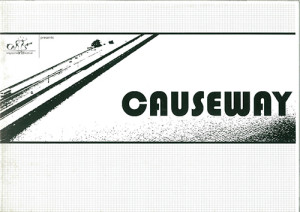
Programme cover for the second staging on Causeway in 2002.
(Image: Teater Ekamatra, The Repository. Used with permission.)
Alfian revised Causeway in 2002 for the Singapore Arts Festival, following the events of 9/11. This restaging involved a cast comprising performers from Teater Ekamatra and The Actors Studio in Malaysia.
Separation 40 in 2005 shared a similar episodic structure, with five humour-laden scenes exploring the relationship between Singapore and Malaysia. It was a joint project by Singapore’s The Necessary Stage and Malaysia’s Dramalab, written by the companies’ resident playwrights Haresh Sharma and Jit Murad, and directed by Alvin Tan and Zahim Albakri. Reflecting on the collaboration, Zahim said, “The relationship between Malaysia and Singapore is more like sibling rivalry, one-upmanship between families. It’s not acrimonious and we enjoy having a dig at them as they do us. That’s probably why the writers chose very human stories to depict this relationship.”
Siblings, collaborators and competitors – our relationship with Malaysia is complex to say the least. The above productions are just a few examples of work emerging from and/or spurred on by ties with our closest neighbour. The line dividing us isn’t as clear as the straits that separate island from peninsula, and our intertwined past, present and future make for fertile ground for theatre and art.
By Daniel Teo
Published on 11 January 2019
In March 2019, in our own cross-Causeway collaboration, Centre 42 and KL’s Five Arts Centre will present two original works created in response to Leow Puay Tin’s play Three Children. Stay tuned for more details!
References



